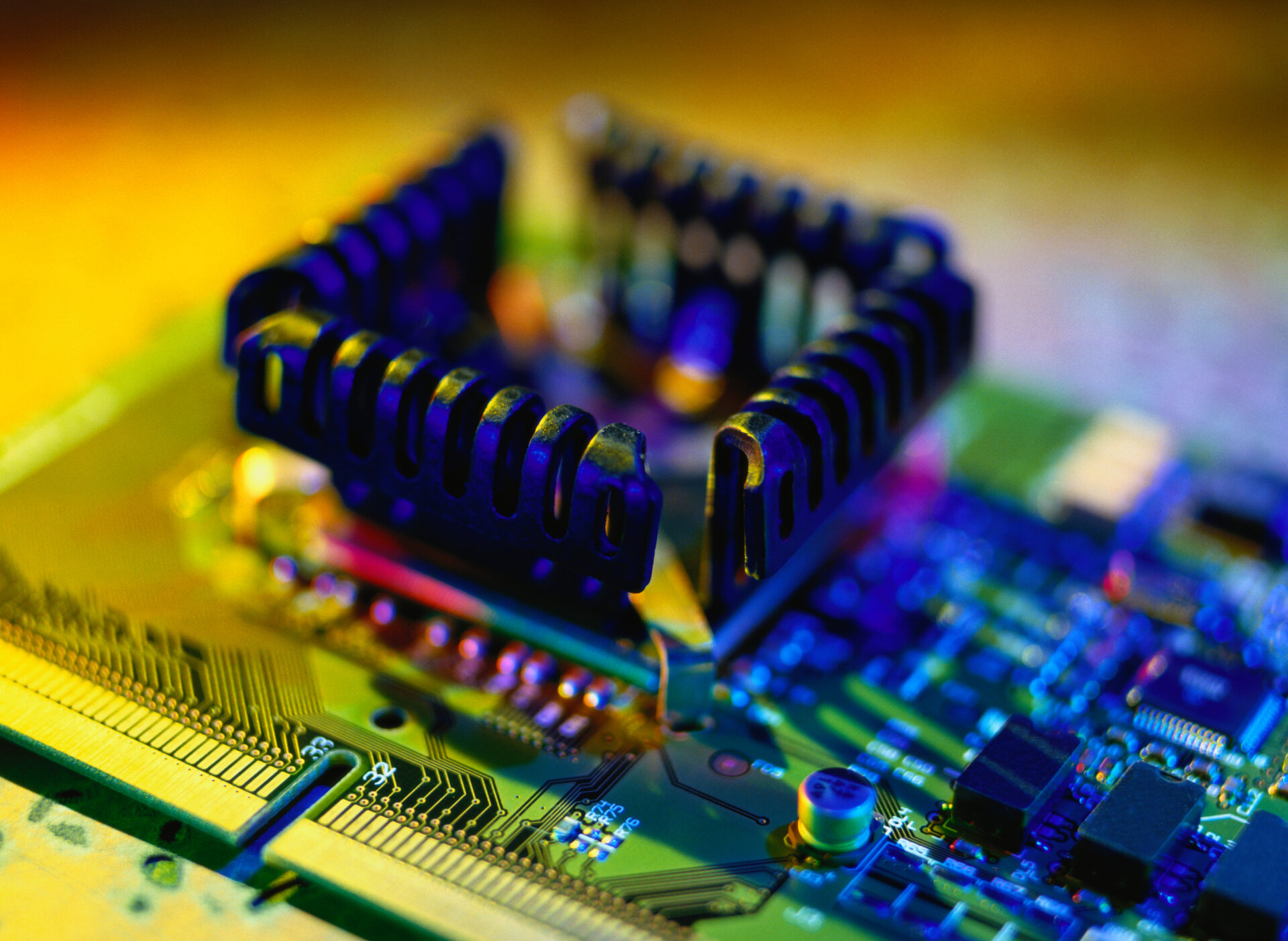In today's fast-paced digital world, maximizing the performance of our devices has become crucial. Whether you're a gamer, a content creator, or simply someone who wants their computer to run faster, activating the Turbo Boost feature can significantly enhance your experience. In this comprehensive guide, we will delve into the intricacies of Turbo Boost, exploring its benefits, understanding how it works, and providing step-by-step instructions on how to activate it effectively.
- Understanding Turbo Boost:
Turbo Boost is an innovative technology developed by Intel that allows processors to dynamically increase their clock speed beyond their base frequency. By intelligently adjusting the clock speed, Turbo Boost optimizes performance for demanding tasks, ensuring a seamless user experience. It is essential to comprehend the underlying principles of Turbo Boost to harness its full potential. - Benefits of Turbo Boost:
Activating Turbo Boost can unlock a multitude of benefits, including:
a) Enhanced Performance: Turbo Boost enables processors to operate at higher clock speeds, resulting in faster execution of tasks and improved overall performance.
b) Increased Responsiveness: With Turbo Boost, applications load quicker, and multitasking becomes smoother, providing a more responsive computing experience.
c) Seamless Gaming: Gamers can enjoy higher frame rates, reduced lag, and improved graphics rendering, resulting in a more immersive gaming experience.
d) Efficient Content Creation: Content creators can significantly reduce rendering times, allowing for faster video editing, 3D modeling, and other resource-intensive tasks.
- Activating Turbo Boost:
To activate Turbo Boost, follow these steps:
Step 1: Check Processor Compatibility - Ensure that your processor supports Turbo Boost technology. Visit the manufacturer's website or refer to the documentation for confirmation.
Step 2: Access BIOS/UEFI Settings - Restart your computer and enter the BIOS/UEFI settings by pressing the designated key during startup (usually Del, F2, or F10). Navigate to the CPU settings or a similar section.
Step 3: Enable Turbo Boost - Locate the Turbo Boost option and enable it. The exact location and naming may vary depending on the motherboard manufacturer. Save the changes and exit the BIOS/UEFI settings.
Step 4: Monitor Turbo Boost - Install software utilities or use built-in tools to monitor the Turbo Boost activity. This will help you verify if Turbo Boost is functioning correctly and adjust settings if necessary.
- Advanced Tips for Turbo Boost Optimization:
To further optimize Turbo Boost performance, consider the following:
a) Ensure Sufficient Cooling: Turbo Boost generates additional heat, so maintaining proper cooling is crucial. Clean your computer's cooling system regularly and consider investing in additional cooling solutions if necessary.
b) Update Drivers and Firmware: Keeping your system up to date with the latest drivers and firmware ensures compatibility and maximizes Turbo Boost efficiency.
c) Customize Power Settings: Adjusting power settings in your operating system can help optimize Turbo Boost performance. Experiment with different power plans to find the ideal balance between performance and power consumption.
Conclusion:
Activating Turbo Boost can unleash the true potential of your device, providing a significant performance boost for a wide range of tasks. By understanding the technology, its benefits, and following the step-by-step activation guide provided, you can optimize your computing experience and stay ahead in today's demanding digital landscape. Embrace the power of Turbo Boost and unlock a new level of efficiency and productivity.



